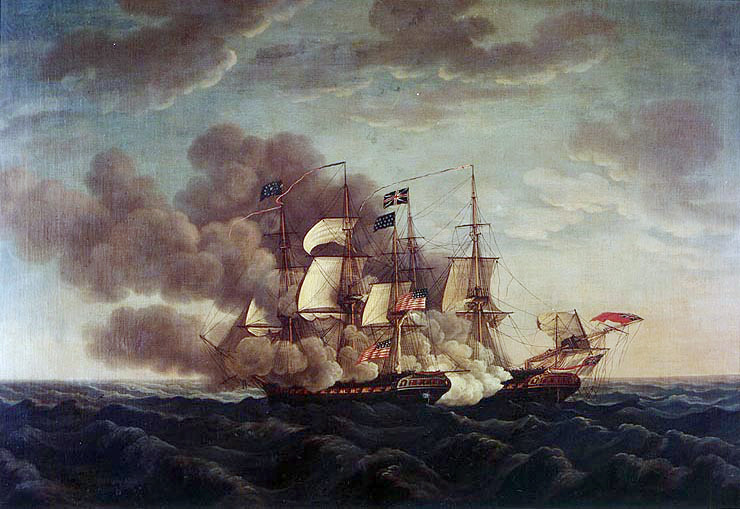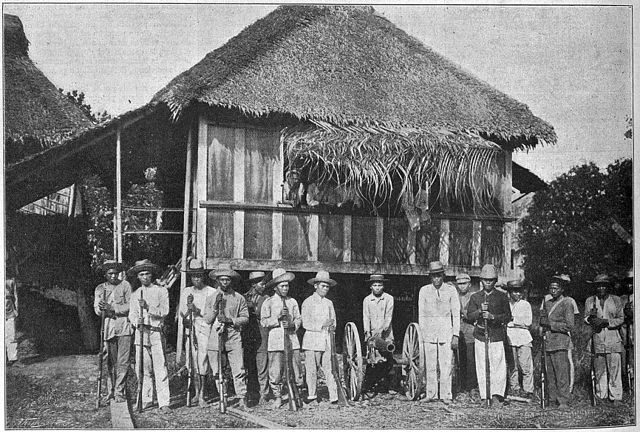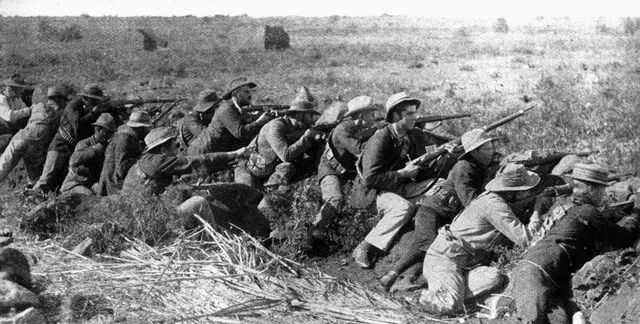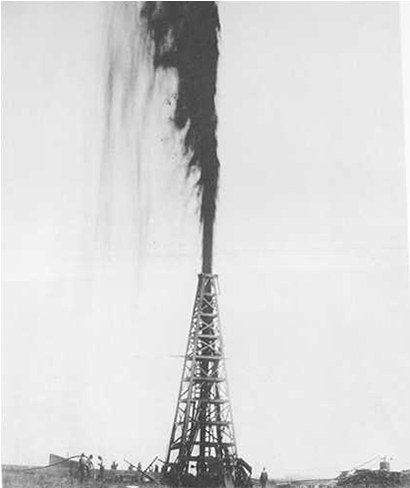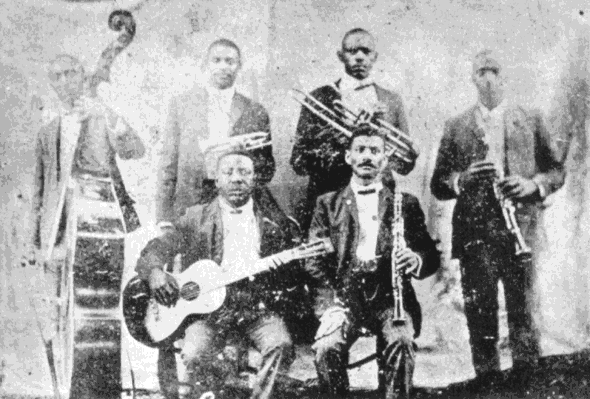From Time-Life's Images of American Destiny
The Dominion of Southern America in the Boer War
While the first foray of Southrons into the international battles of the British was the Crimean War, it was the Boer War at the turn of the century which saw troops from throughout the British Empire mobilized to fight the fierce Boer resistance in Southern Africa.
While the majority of combatants for the British hailed from the United Kingdom, the Dominion of Southern America sent the next largest number to fight in the Boer War (followed by Australia). The supporters of the war claimed that it "pitted British Freedom, justice and civilization against Boer backwardness".
The Southern African climate and geography were far closer to that of Southern America and Australia than most other parts of the empire, so the Southrons and Australians adapted quickly to the environment, with troops from those two parts of the Empire serving mostly among the army's "mounted rifles."
The Boer War can be summarized into three parts. The first part was characterized by questionable decisions and blunders from the British leadership which affected its soldiers greatly. The Australian soldiers were shocked at the number of Afrikaner soldiers who were willing to oppose the British, whereas their Southron counterparts were less so, having been raised on stories of the Slaver Rebellion.
The Afrikaner troops were very willing to fight for their country, and were armed with modern weaponry and were highly mobile soldiers. This was one of the best examples of Guerrilla style warfare, which would be employed throughout the twentieth century. This first phase saw the British suffer several major defeats at the hands of the Boers. Afterwards, the British called upon more volunteers to take part in the war from throughout the British Empire.
The second part of the war was the opposite of the first. After the British reorganized and reinforced under new leadership, they began to experience success against the Boer soldiers. Southron forces, many of whom were led by officers and non-coms who had fought wild Indians in the western provinces of the Dominion, showed the most expertise in fighting against this new kind of warfare. British soldiers resorted to using blockhouses, farm burning and concentration camps to 'persuade' the resisting Boers into submission.
The final phase of the war saw an shift to a primarily guerrilla phase where many Boer soldiers turned to guerrilla tactics such as raiding infrastructure or communications lines, but this was in vain on the part of the Boers and the war eventually wound down with their defeat.
Enlistment in all official Southron contingents totalled over 25,000 and Australian contingents totalled over 16,000. Another eight thousand Southrons and six thousand Australians served in "irregular" regiments raised in South Africa.
While Loyal Black Southrons offered to form volunteer regiments to serve in the Boer War, the British politely declined the offer, though this would be remembered in future.
